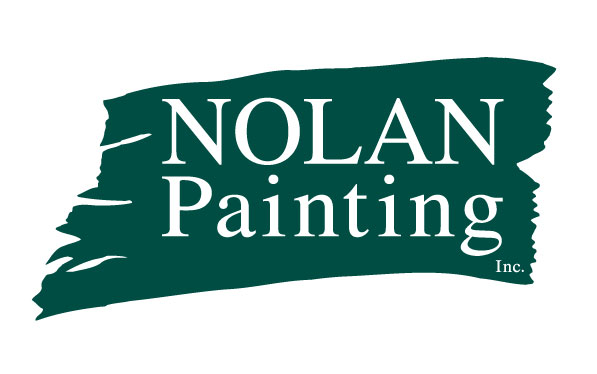Active Water Leaks Can Lead to Serious Home Damage
Identifying and Understanding Water Leaks in Your Home
It can start suddenly or as just a slow trickle inside your walls or roof. Water leaking into your home is sure to cause damage, but how much? How can you determine if your situation is emergent or something that may resolve itself? The moment you notice a water stain or leak in your home, it is imperative to determine what type of leak you’re dealing with. Let’s take a look at a few things that may help you understand your leak better.
Water can damage a home quickly. There is no doubt when dealing with a significant leak in your home, that the potential for serious damage to your structure is imminent. But how do you tell if you’ve got an active leak on your hands? One simple place to start would be to draw a pencil mark around the area that you’ve noticed the water. Whether it’s on the ceiling of your bedroom or a line running down the wall, a pencil mark will help you determine if the leak is active. Active leaks will run or bleed outside the pencil line, letting you know that water is still present in the area. Leaks that are no longer active will stay within the pencil line. However, determining the presence of a leak is still important whether it is active or not. Non-active leaks could dry up with the weather making them difficult to pinpoint.
Here are a few things that may contribute to leaks in your home:
Snow Dams
A snow dam can form when water from melting snow refreezes at the edge of your roofline. Without the removal of the snow and ice buildup, water is prevented from draining from the roof, causing it to back up underneath the shingles and inside of your home. It is best to safely remove ice and snow from your gutters and roofline if possible.
Clogged Gutters
When gutters become clogged it restricts the flow of water off of the roof and can cause seepage under the shingles. Keeping your gutters clean year-round or installing gutter guards can prevent debris from entering your
gutters, and blocking the flow of water.
Lost or damaged shingles
Lost or even cracked shingles can cause water to enter the interior of your home at an alarming rate. Roofs should be regularly inspected to prevent water damage.
Broken pipes
Small, slow leaks in your pipes may not be noticeable right away. You may notice a stain or water spot on the wall in or around the shower or tub that should be monitored. It is important to know where your main water shut-off valve is in the event that a pipe bursts in your home. A burst pipe will cause significant water damage very quickly.
Take a look at some recent damage to area homes caused by active leaks:
Here you can see damage to this ceiling. It shows signs of water damage at the corner of the wall and in the bubbling and cracking paint on the ceiling.
In this photo, it is clear that water has been dripping down the wall causing a ripple effect in the paint.
Once water has entered your home, you’ll want to care for the issue immediately. Professional companies, like Nolan Painting, can help you determine the level of moisture in the area in question. A simple tool called a moisture meter can help determine if a leak is active or not. For active leaks, it is likely that you’ll need the services of a professional company that can ventilate the walls where the leak has occurred.
If you’ve experienced water damage in your home, contact Nolan Painting today to schedule a free painting estimate. With the help of Nolan Painting, you can have your home water free and looking like its old self in no time!

